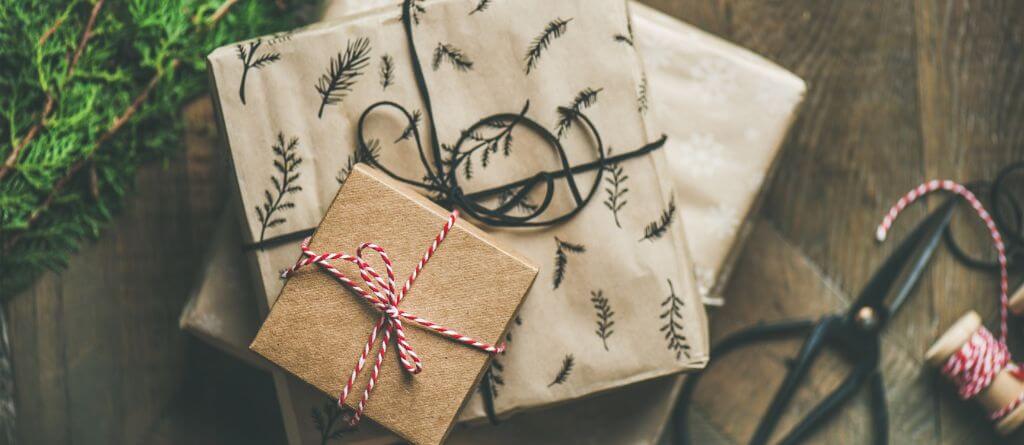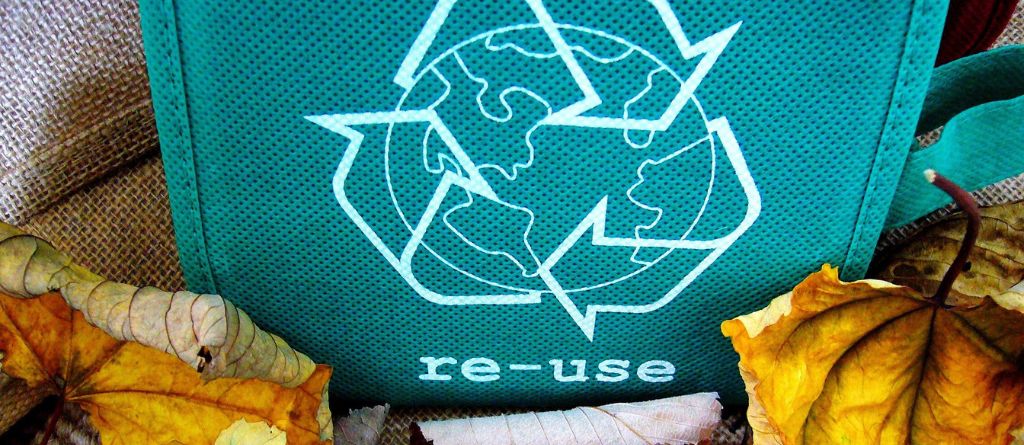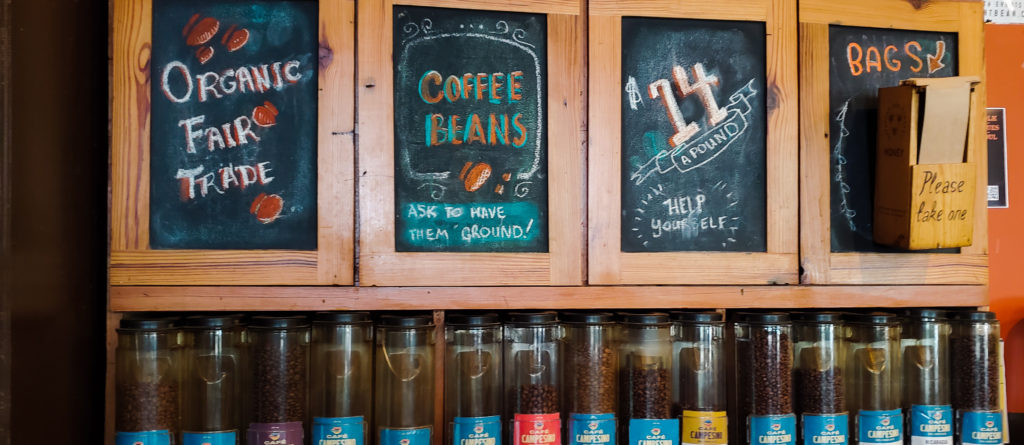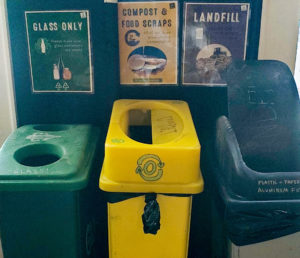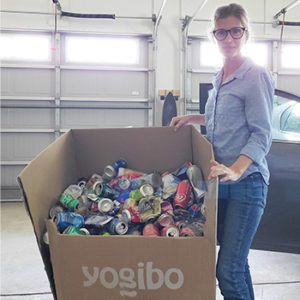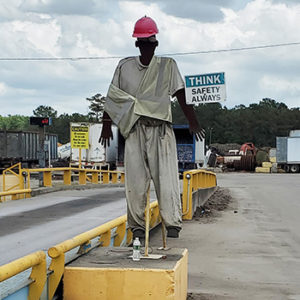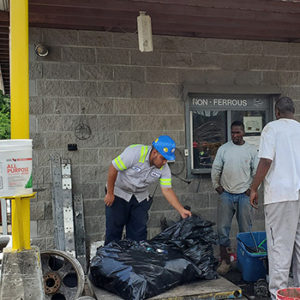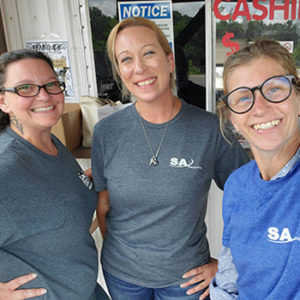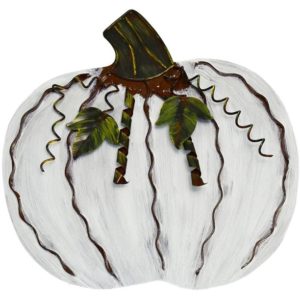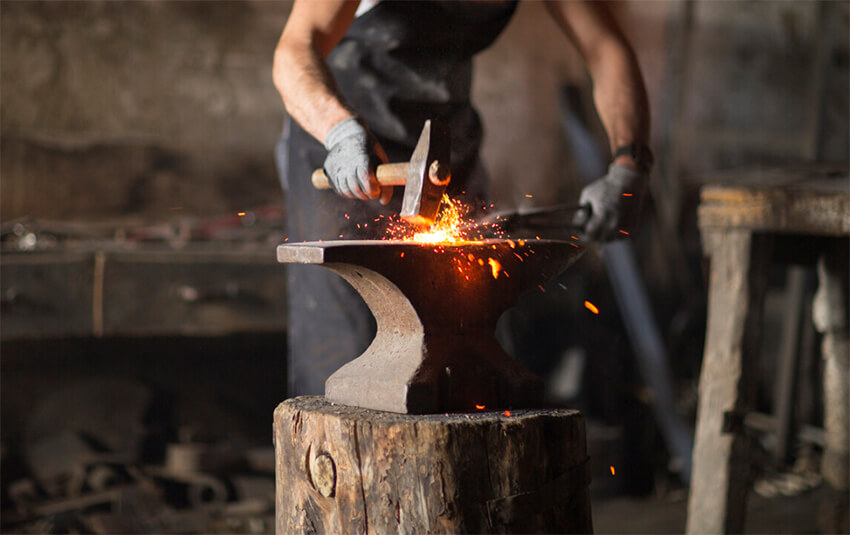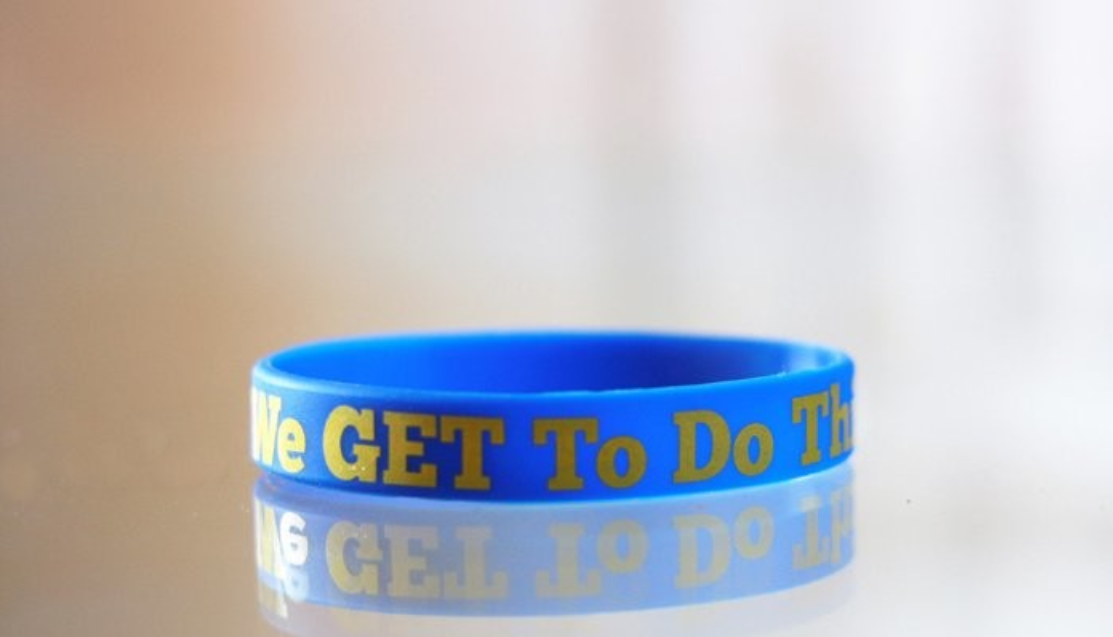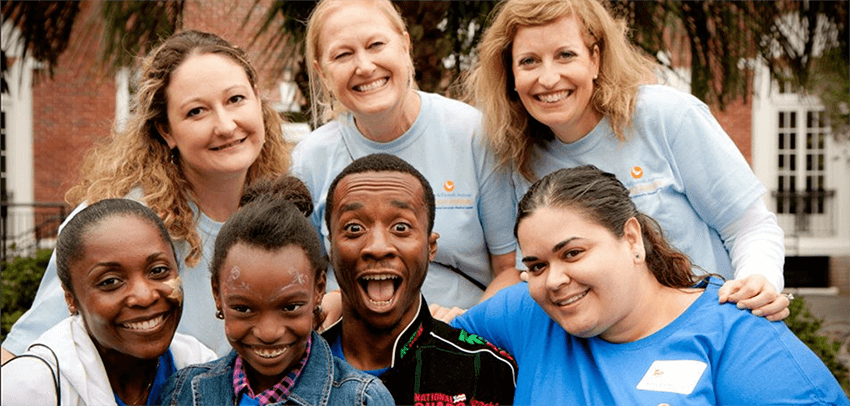I’ve been wondering lately if marketing lingo has taken a wrong turn somewhere along the way. I’ve worked in B2B marketing for 15+ years. Lately, I’ve been looking differently at a lot of things. My sense of comfort and complacency is out the window. As the great Don Henley said, “The more I know, the less I understand. All the things I thought I knew, I’m learning again.” This includes the way I approach my job in the field of marketing.
One lesson I believe is valid: words matter.
This is a self-critique. I am looking hard at the words I use — personally and professionally. They matter. The apostle Luke wrote, “The mouth speaks what the heart is full of.” I want to have the kind of heart that leads me to speak truth and compassion. I have a long way to go, but I hope I’m getting closer, one day at a time.
Today, I am trying to reconcile some marketing terms that seem discordant and abrasive when I hold them up to goals of wholeness, transparency, and empathy.
If we agree that the words we choose are a reflection of our goals and priorities, maybe the terms below present some opportunities to choose differently.
For all of my sales and marketing friends out there, tell me if you can relate. Or, help me understand where our perspectives differ. For all of my non-marketing friends, here’s a peek behind the marketing curtain.
Demand Generation
This is the process of manipulating people to entice them to want something they didn’t want before. If we need to “generate demand” for something, should we really be selling it?
For me, “Communicate Value” is a more helpful phrase. Done well, marketing messages can create awareness and communicate value. But let’s refrain from using manipulation to generate demand – even if we can.
Click Bait
As in, “7 Reasons You Absolutely Shouldn’t Click This Link. #4 will blow your mind.” The goal is to get you to click; we don’t really care if you read what’s on the next page. Good marketing delivers content in an interesting way to someone who can benefit from it. But too often, we settle for a poor user experience because the goal is to snare a certain number of visitors. If the usefulness of the experience is an afterthought or even irrelevant, it’s not good marketing.
What if marketers used our skills to create true and meaningful content? Let’s create content that adds value to people’s lives, and deliver it in a respectful way.
Qualification
AKA if you express interest in my product or service, I am going to put you through some tests to determine if you are worth my time. If you pass the test, congratulations, you are qualified.
This should be a mutual process of finding out if there is a fit. Customer and provider both want to know if a partnership is beneficial. A bad fit isn’t good for my customer or me. A good fit is good for us both.
Lead
This is a term for someone who has passed my tests (see qualification) and we have deemed you worthy of follow-up. Does this label make our prospective customers feel valued and respected?
In my utopia maybe we call this a “seed.” We hope that something wonderful might grow out of this possibility. There’s reason to think working together could benefit all involved – Let’s find out together.
Conversion
If you filled out my form on my website, you’ve converted. We use a term related to spiritual experiences because we cannot find our souls.
Sometimes these are referred to as “Goal Completions.” It feels a little better to me; especially if, when you’ve completed the goal, there was actually a benefit to you and not just me.
Acquisition
In marketing lingo, we scramble about trying to “acquire” more and more leads and customers. We forget that these are people, and people are not something to be acquired. When we describe it to your face we call it “partnering.”
Let’s work to be genuine partners and teammates with our customers and prospective customers.
Competitive Analysis
This is the process of spying on our competitors so we can steal their ideas and customers.
How about “Cooperative Learning?” Ideally each provider offers value in a unique way or to a unique group. We can learn from each other to hone our skills and improve our value. To my fellow providers: if I cannot provide the right fit, maybe you can, and vice versa.
Persona
This is a term we use for an amalgamation of characteristics that make up our target market (see targeting below). Since we don’t want to communicate with actual people (who has that kind of time?), we lump you all together into some kind of Frankenstein persona that looks a little like you so that we can try to “craft our language” into a message we think you’d like to hear.
Trying to understand our customers and potential customers is a good and valid goal. Let’s make sure we do it with the intention of working to build authentic and helpful relationships with real humans.
Targeting
When we decide you match our ICP (maybe this term will make it into a future post), we target you. Scary right? We use terms like spears and nets to describe how we get you in our funnel (see below), and we give our salespeople awards and recognition for hitting a “bullseye.”
Again, it’s helpful for me to think about “fit.” Good marketing works to help people find the right fit for their needs. Finding the right fit can be a “bullseye” as long as it’s a win for us and the customer, and ideally, the world as a whole.
Sales Funnel
Once you convert (see conversion above), we put you in our sales funnel. I imagine it like some esoteric toilet where you swirl down through Dante’s circles of hell, starting at the TOFU (AKA Top of Funnel), progressing to the MOFU (Middle of Funnel) and finally arriving where there is weeping and gnashing of teeth.
Side note: When I asked my wonderfully objective husband to review this article, he informed me that this is where I have officially devolved into ranting. Guilty as charged.
Maybe we could borrow an engineering term, like “Workflow.” We partner with people in a workflow. At the end of the process, we achieve a shared goal.
Velocity
Velocity is how fast we can shove you through the funnel (see sales funnel). We have a quota to meet by the end of the month. Hustle up, partner.
Let’s refer back to workflow. If there are spots in our workflow where people are getting lost or not finding value, let’s fix it. If someone needs time to consider, let’s respect it.
Lifetime Customer Value
this is where we decide how much you are worth to us and then enter a line item into a spreadsheet while demons shriek with glee. (Again, with the ranting.)
Are we as keenly interested in the value we provide to our customers? Do we consider the value to humankind and the planet that comes from this partnership. If so, I have no beef with “lifetime customer value.”
Churn
This is the term we use for you when you’ve decided not to do business with us anymore. Like, “We’re so sorry to see you churn.” If we use the term churn with you, maybe you were right to go.
Let’s call it what it is: a customer stopped doing business with us. The question is why. Did we screw up? Does someone else serve them better? Or maybe we served their need and completed the job (a good thing)! We can learn from failure and from success.
Cadence
This is a term for an automated or semi-automated set of messages that we send you based on which bucket you fell into. As in, “Oh, I see you’re not ready to sign a deal tomorrow…let’s have marketing put you into a cadence so we don’t have to talk to you anymore.” Consistency can be good, but let’s be discerning about when to use automation and when to be human.
Nurturing
This is actually one of my favorite marketing words. It means to help someone grow and develop in a healthy way (see “seeds” above). Let’s try to partner with people to provide value and achieve shared goals. Let’s ask, how can we deliver a helpful message at the right time?
An Alternate Vision for Marketing
Most of the sales and marketing professionals I have worked with in my career are thoughtful and compassionate. They genuinely want to do what’s right for their customers. I deeply admire and respect their work. Mentors in the field have taught me to ask these 3 questions when I’m working on marketing strategies:
Is it good?
Is it true?
Is it helpful?
Marketing can be (and often is) a process of learning about people’s real needs, working with others to create something that meets the needs, and communicating value in a beautiful and meaningful way. Sales can be (and often is) a process of working with people to implement solutions that meet people’s needs in a good and useful way.
In a podcast on how marketers can contribute to a circular economy, Alena Kuzniatsova said, “I realized that marketing is just an instrument. Take the hammer, for example. You can kill or you build a house with a hammer. The same with marketing. And I realized that I should use my marketing expertise as an instrument for companies which foster sustainability and a clean future.”
Many of our marketing terms stem from the need to scale. To scale, we have to look at numbers. Unfortunately, sometimes we look at numbers and forget people. Data can be very helpful. It guides us and helps us judge whether we are on the right track. We just need to make sure we’ve chosen the right track. We are wise to use numbers to inform decisions that positively impact people, rather than making choices that use people to hit our numbers.
Let’s Make Profit a Tool, Not a Goal
I believe part of solving the “marketing lingo” problem is to look at the right “bottom line.” Is the bottom line “more profit, faster?” Profit can be a useful tool, but in my opinion, it makes a lousy goal. It is important to understand our goals and metrics; and there’s nothing wrong with deciding we need X% more revenue next year so that we can…(fill in the blank). Let’s remember to finish the sentence. What is the revenue for? The revenue itself is just a tool.
Mahatma Gandhi said: “The world has enough for everyone’s needs, but not everyone’s greed.”
What if we choose a different bottom line? What if we choose to work toward wholeness for people and the planet? What different decisions would we make concerning our funnel, our conversion process, our nurturing campaigns, how we respond to churn, and how we use our profit?
There are rarely simple answers, but maybe we could start with better language. The good news is that there are lots of marketers out there that are skilled at crafting messages. Let’s craft messages that help us achieve something great together.
